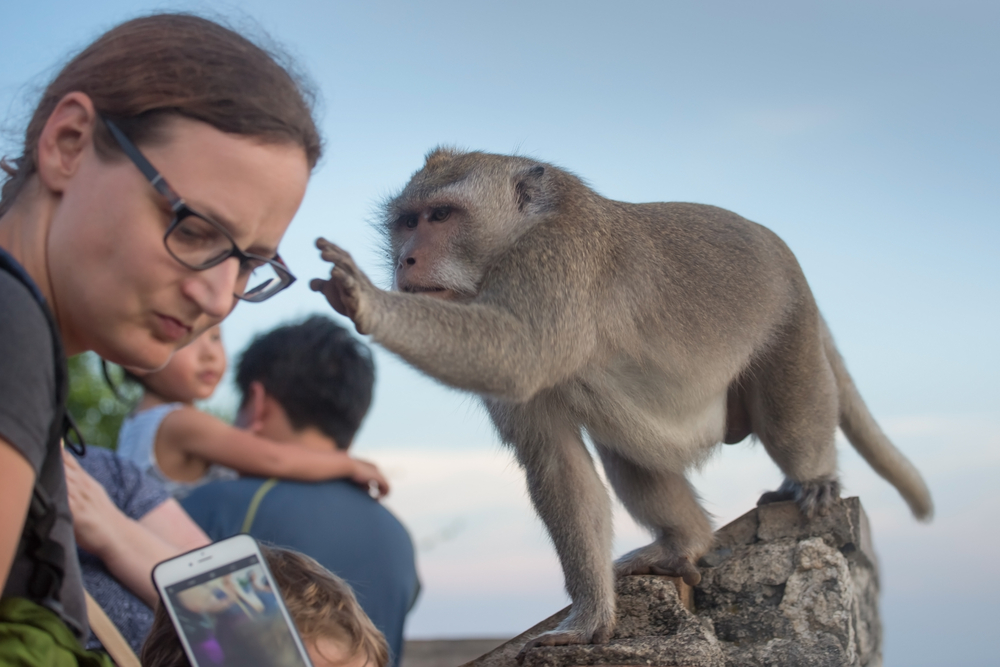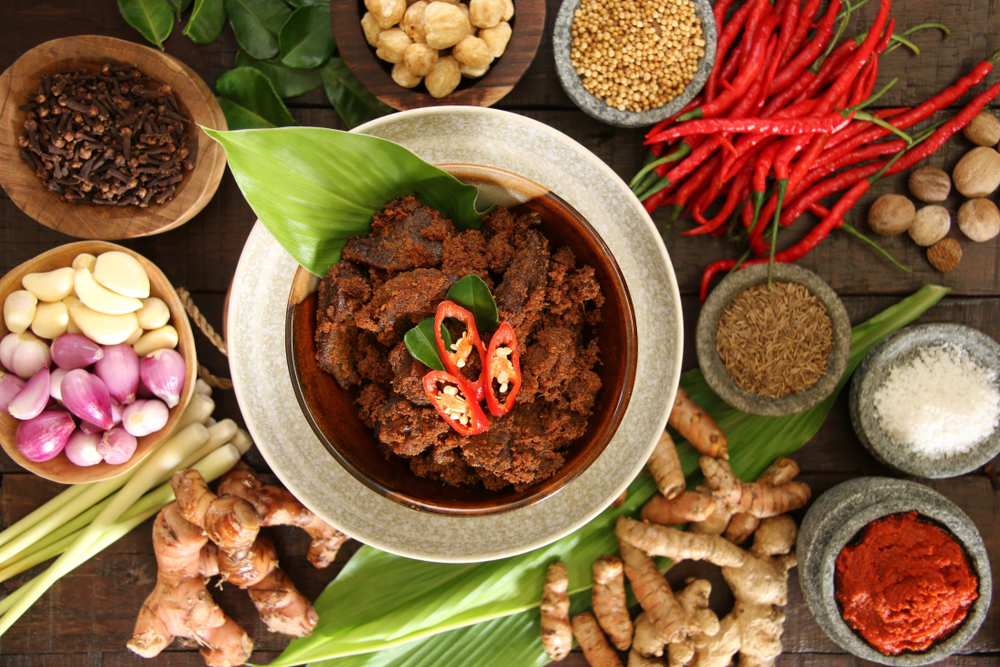Monkeys are often known for stealing expensive items and trading them for food. Why do they do this? It turns out that the answer is rooted in human psychology. Monkeys tend to steal objects, be it from your house or a tourist attraction, with no intention of actually consuming what they’ve stolen. Instead, they trade their loot for better quality food elsewhere.
This behavior has been observed in monkeys worldwide – most notably capuchins and macaques – who will steal anything shiny enough to catch their eye! The most popular theory is that these animals are just looking for something new to eat. They figure they can trade the object for food elsewhere, but in reality, this doesn’t happen enough to make it worth their while.
Another school of thought has suggested that monkeys steal objects because those items are a form of currency; if one monkey steals your expensive sunglasses and trades them with another monkey who likes bananas (what he really wanted), then both parties get what they want! In nature, this behavior would be akin to bartering or exchanging goods like crops or livestock.
In recent years, researchers have observed other interesting behaviors from our furry friends. Some monkeys will take an item out into the woods and hide it under leaves as though burying treasure.
Scientific observation in monkey behavior
Scientists have been studying this behavior. At the Uluwatu Temple in Indonesia, the famous long-tail macaques intentionally steal more expensive items to barter them for better food. These monkeys are smart when it comes to making economically sound decisions.
It is also thought that these monkeys watched human behavior to adapt these techniques. The researchers also found that younger monkeys were learning how to barter, and their success rate increased with experience and maturity.
Scientists staged incidents where they learned how monkeys decided what items to steal like shoes or watches, phones or hats. The monkeys would always steal the more expensive items, but they were also very particular about what food was being offered.
The researchers believe that these monkeys can learn to distinguish between different types of human foods by smell or taste since it is difficult for them to see the difference. This remarkable way monkeys can adapt and do so much research on themselves will leave you wondering how intelligent they are!
The monkey bartering system
The monkeys would steal the items and then trade them for a higher value item such as fruit or nuts that they preferred. They have also been seen to set up mini-markets with different valued items to barter better deals through trading one item for another.
Younger monkeys are much more likely to give back an item if their parents tell them it isn’t worth anything. In contrast, older, more independent ones may continue holding out for something better than what was offered by other group members who could be their relatives.
Low valued items were rarely ever bartered, where monkeys almost always bartered medium and high value items for food. The older monkeys were the best thieves because they identified higher value items, stole them, and held out for better food offerings.
These monkeys only gave items back for food that they considered to be of better value. Monkeys are highly intelligent and will mimic the behavior they observe, especially if there is a food incentive. The monkeys had a good understanding of what was valuable and how to get it. These incredible animals can teach us so many things about ourselves, even from just our behaviors, too, when we observe what they do around humans and how they interact with each other.
When one group has something another wants, both parties come together peacefully when negotiating an agreement to trade goods or services. This success may be due to their intelligence level and could be attributed to natural selection, which rewards these clever animals with better food sources!




